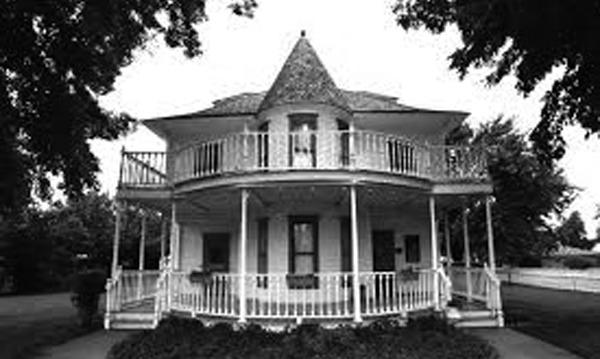Features
In a previous Ferguson Feature, we learned of the efforts of the Tenth Cavalry of Buffalo Soldiers to combat illegal sale of alcohol to native Americans, among many other duties. In 1883, John D. Miles as agent for the Cheyenne and Arapaho at Darlington complained to Lt. Col. Davidson of five “ranches selling whisky to the Indians on the northern border of the reservation.”
“A severe and cutting north wind made the march a miserable one, but it also confined the peddlers to the cabins and Pratt was able round up fifteen intruders, a large quantity of foul whisky, late-model rifles, revolvers and ammunition, and considerable stores of sugar, coffee, and bacon, as well as buffalo robes and cattle which the Indian had traded.”
In extreme cold, Pratt and his men convoyed peddlers, supplies and cattle back to Camp (Ft.) Supply. Thirteen (of 20) Buffalo Soldiers were hospitalized at once for severely frostbitten hands and feet…..The peddlers were sent for trial to Topeka, KS, where each was fined ten dollars and sentenced to a month in jail.” Buffalo Soldiers paid a high price in the line of this duty. (Ferguson Feature, Watonga Republican, July 12, 2023, excerpted from William H. Lecke’s “The Buffalo Soldiers.)
Earlier in the spring of 1878 three companies of the Tenth Calvary were sent back to Fort Sill, where they watched the reservation Indians, skirmished verbally with Texas Rangers, and removed Boomers. By 1879 the intruders crossed the Kansas line in sufficient numbers to occupy virtually the full attention of a battalion of Buffalo Soldiers. Among the 1879 Boomers were 100-200 Black Americans, thus further magnifying the problems and responsibilities of the Black troops. Increased Boomer actions later in the summer (1880) led six companies of the Tenth Cavalry to be transferred temporarily to Indian Territory.
“When the Twentyfourth infantry moved out of Texas in 1880, it transferred to Forts Reno, Sill, and Supply in the Indian Territory and Fort Elliott in the Texas Panhandle.” The future Watonga on the North Canadian River was a likely midpoint of these three forts.
After warfare and work in New Mexico (1881), the army transferred the Ninth Cavalry to Indian Territory and assigned them the job of preventing Boomers from illegally moving from Kansas to Oklahoma. In the mid-1880s more than 2,000 Boomers filtered in from various points along the border, requiring the constant attention of six companies of Black cavalrymen.
Among other feats, Buffalo Soldiers in Indian Territory assisted local authorities and federal marshals, escorted civilians, stagecoaches, and freighters, guarded railroad construction workers and mail carriers, forestalled Boomers, chased robbers, horse thieves, and cattle rustlers, attempted pacification of Indians, and provided protection for Indians in Indian Territory. (Buffalo Soldiers in The Encyclopedia of Oklahoma History and Culture Features https://www.okhistory.or g/)


